Abstract
A beam is a member which is long compared to its cross-sectional dimension, and is loaded by the forces perpendicular to its long dimension. The beam is in equilibrium under the action of an applied system of forces and the reactions. Beams can be classified into types by the number and position of supports.
Access this chapter
Tax calculation will be finalised at checkout
Purchases are for personal use only
Author information
Authors and Affiliations
Appendices
Chapter Summary
Under different types of loading, internal forces develop in the beam. These forces are called shear forces. Shear force can be calculated at any arbitrary cross section of a beam using the sum of the reactions and loads at the left side of the beam. This was formulated as:
The graphical representation of the shear along the length of the beam is called a shear diagram. With the help of a shear diagram we can find the value of shear at any point along the beam. This method is very useful for helping a designer of beams understand the variations of the shear along the length of a beam.
The calculation of the bending moment and its importance in designing a beam can be shown with some simple examples. To calculate the bending moment, we simply take into consideration the moment of all forces (reactions and loads) with respect to any point to the left side of the point of interest. In fact, the bending moment at any section along the length of the beam is the measure of the tendency of the beam to bend due to the forces acting on it.
Now we can introduce the moment diagram, and we show how important that is for the designer to calculate both the values of shear and bending moment at any point along the length of the beam. It can also be proven mathematically or graphically that the maximum value of the bending moment will occur at the section where the shear is zero.
Review Questions
-
1.
What is a beam?
-
2.
What are the loads acting on a beam?
-
3.
What are the reactions, and what laws can be applied to calculate them?
-
4.
What is the shear in the beam?
-
5.
How would you calculate the shear at any section of a beam?
-
6.
What is a shear diagram? Explain how important it is in designing beams.
-
7.
What is the bending moment? How would you calculate it at any section of a beam?
-
8.
What is a bending moment diagram?
-
9.
Where does the bending moment reach maximum value? Explain.
-
10.
Explain how a shear diagram and a bending moment diagram together would help a designer come up with the best solution for beam design.
Problems
For the beams and loadings shown in the following figures, (a) find the reactions at the supports; (b) draw the complete shear diagram; and (c) draw the bending moment diagram and determine the magnitude and location of the maximum bending moment.
-
1.
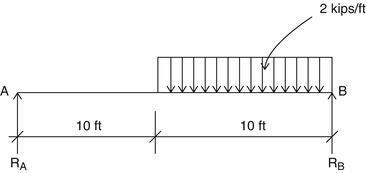
Fig. 8.66
-
2.
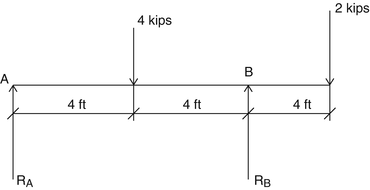
Fig. 8.67
-
3.
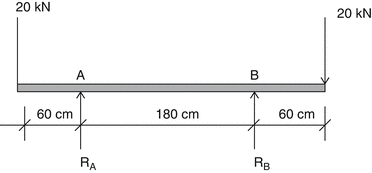
Fig. 8.68
-
4.
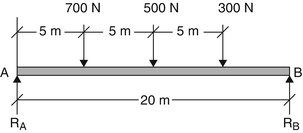
Fig. 8.69
-
5.
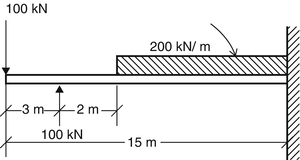
Fig. 8.70
-
6.
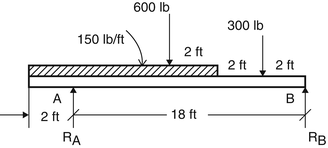
Fig. 8.71
-
7.
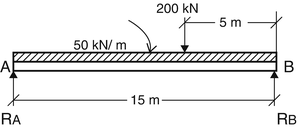
Fig. 8.72
-
8.
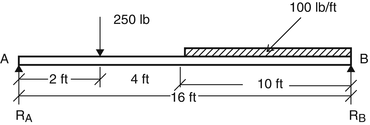
Fig. 8.73
-
9.
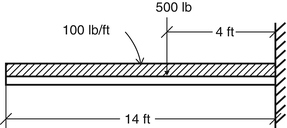
Fig. 8.74
-
10.
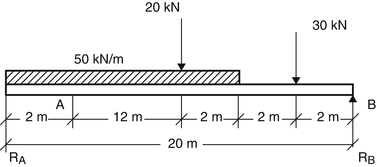
Fig. 8.75
Rights and permissions
Copyright information
© 2015 Springer International Publishing Switzerland
About this chapter
Cite this chapter
Ghavami, P. (2015). Shear and Bending Moment in Beams. In: Mechanics of Materials. Springer, Cham. https://doi.org/10.1007/978-3-319-07572-3_8
Download citation
DOI: https://doi.org/10.1007/978-3-319-07572-3_8
Published:
Publisher Name: Springer, Cham
Print ISBN: 978-3-319-07571-6
Online ISBN: 978-3-319-07572-3
eBook Packages: EngineeringEngineering (R0)











